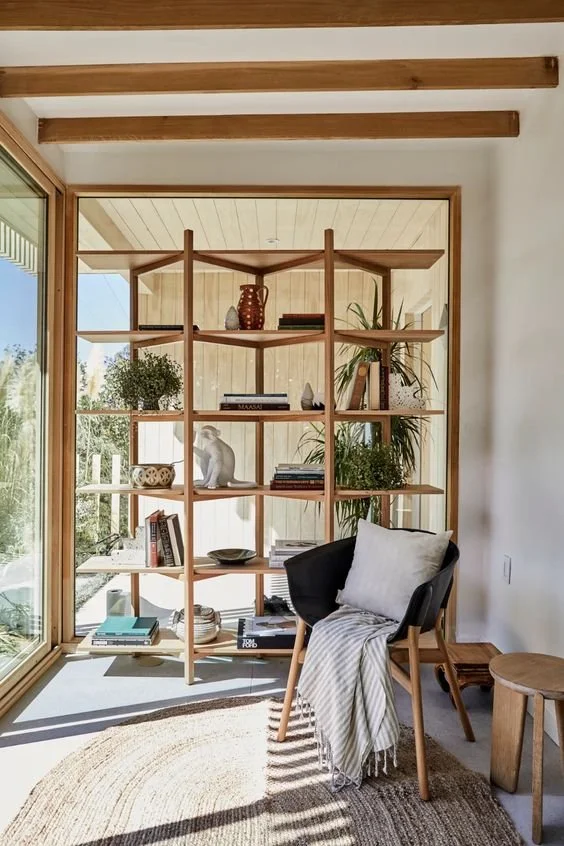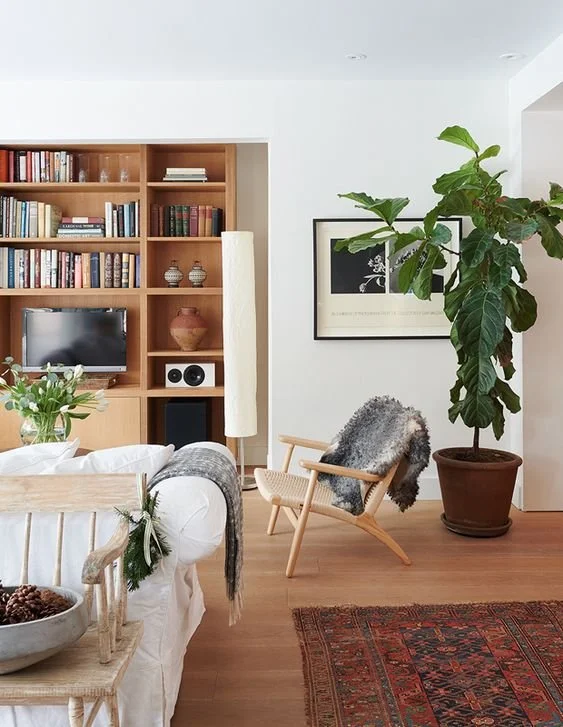What is Japandi Home Decor?
From two very different sides of the planet, Japan and Scandinavia have a surprising overlap in aesthetics when it comes to interior design. In both, form and function blend together in beautiful simplicity, with an emphasis on nature, art, and comfort. In comes Japandi, a blend of Japanese and Scandinavian influences in one design style that’s quickly becoming a must-have trend for many designers around the world. Let’s take a closer look at what makes this fusion of styles so special.
Photo via extraspace.com
Japandi fuses the neutral color palette of Scandinavian style with the calming tones of Japanese designs. Soothing beige and off-white tones often dominate a Japandi design, while furnishings are minimal and clean. Clutter is avoided, and everything has a home. The result is an aesthetically-pleasing interior with a tranquil feeling.
Photo via ecopeinture.ca
When color is used, it’s used very intentionally. The richer colors of Japanese design come in to brighten up a crisp Scandinavian palette, creating a warmer, more inviting space. Muted, subtle tones appear in a carefully considered way, without overpowering the room.
Photo via thegreathackshack.com
Scandinavian design is big on comfort, and this element echoes through the Japandi style as well. “Hygge”, a word that comes from Danish and Norwegian cultures, evokes a sense of cozy contentment in day-to-day life. This coziness comes into Japandi designs through comforting soft touches like warm throws, high-pile rugs, fluffy pillows, and candles. Japandi designs fuse with “hygge” with warmer colors and Japanese objects like paper lanterns, delicate flowers, and artisan ceramics.
Photo via architecturaldigest.com
In Japan, “wabi-sabi” is a view of the world that finds beauty in imperfections and appreciates the transience of nature. The beauty of Japandi is a marriage of this idea with the clean lines and minimal forms of Scandinavian design. The simplicity, asymmetry, modesty, and intimacy of “wabi-sabi” shine through in Japandi’s elegant yet warm furnishings.
Photo via storynorth.com
Both Scandinavian and Japanese aesthetics emphasize the beauty of nature, and their interiors showcase this through the consistent use of natural materials. The blond wood and rustic elements of Scandi interiors fuse with the elegant wood, straw, and bamboo elements of Japanese designs.
Photo via houseandhome.com
Japandi designs bring elements of nature indoors with plants and greenery that warm up the room. Plants like bonsai trees, ferns, and orchids are thoughtfully placed throughout a room to create a feeling of tranquility that’s in harmony with the outside world. The aim of a Japandi design is to marry form and function in a minimal, clutter-free home that creates a sense of calm as soon as you walk through the door.






